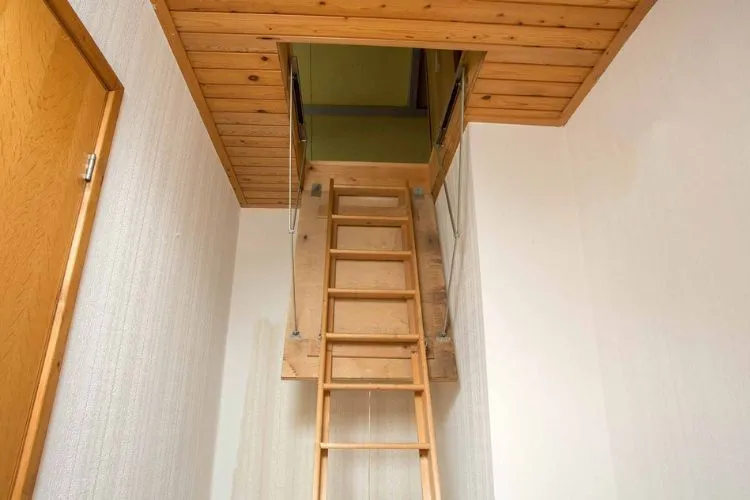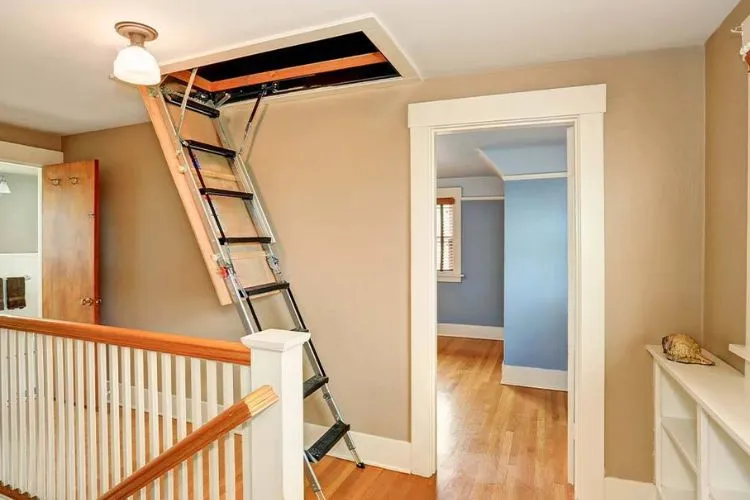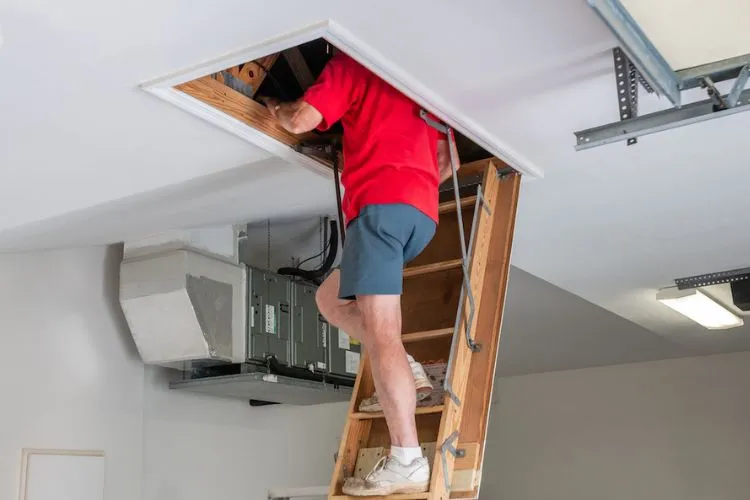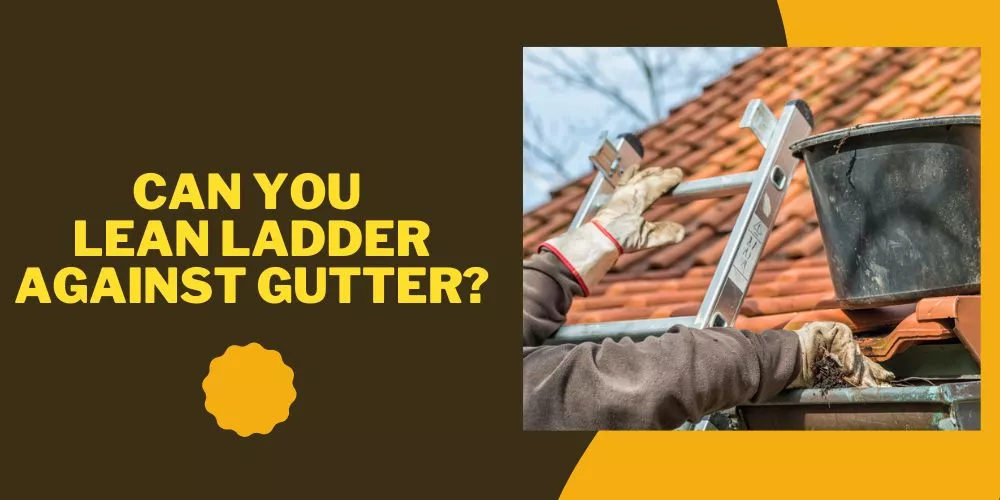Loft ladders play a crucial role in providing easy access to lofts or attic spaces, allowing homeowners to utilize these areas for storage or additional living space. If you’ve ever wondered how do loft ladders work and which one would be the best fit for your home, you’ve come to the right place.

In this comprehensive guide, we will explore the different types of loft ladders and delve into their operation mechanisms, as well as share essential safety considerations.
How Do Loft Ladders Work?
Loft ladders provide easy access to loft or attic spaces. They work by unfolding, sliding, or extending to allow homeowners to climb up or down. Folding loft ladders consist of multiple sections that fold into themselves when not in use.
To operate them, you unlock the secure mechanism, unfold each section, adjust the ladder’s position, and climb up securely.
Sliding loft ladders have two or more sections that slide against each other. To use them, you unlock the sliding mechanism, slide the ladder downward to extend it, lock it in place, and then climb up safely.
Telescoping loft ladders have interlocking sections that slide within each other. To operate them, you adjust the ladder’s height, lock it in position, and ensure stability before climbing.
Some essential safety considerations when using loft ladders include checking weight capacity and load ratings, following proper installation guidelines, conducting regular maintenance inspections, and adhering to safety tips such as facing the ladder and avoiding sudden movements.
It is crucial to choose a loft ladder that suits your needs and follow the manufacturer’s instructions for safe installation and operation.
Types of Loft Ladders


Folding Loft Ladders
Folding loft ladders are a popular choice due to their practicality and space-saving design. These ladders typically consist of multiple sections or segments that fold onto themselves. When not in use, they can be easily stored in the loft, minimizing the obstruction in the living space below.
To operate a folding loft ladder, follow these steps:
- Unlock and release the secure mechanism: Most folding loft ladders have a locking mechanism at the base, which should be released to allow the ladder to unfold.
- Unfold the ladder segments: Carefully unfold each section of the ladder until it is fully extended. Ensure that each segment locks securely in place.
- Adjust the ladder’s position: Position the ladder at the desired angle, ensuring stability on the floor and against the loft opening.
- Ascend safely: Climb the ladder, holding onto the side rungs for stability. Be cautious and ensure each step is fully engaged before proceeding to the next one.
Sliding Loft Ladders
Sliding loft ladders are another popular option, characterized by their smooth sliding mechanism that allows for easy extension and retraction. These ladders are often built with two or more sections that slide against each other, enabling adjustable height settings.
To extend and operate a sliding loft ladder, follow these steps:
- Unlock the sliding mechanism: Locate the locking mechanism near the base of the ladder and release it to unlock the sliding sections.
- Slide the ladder downward: Gently pull the ladder’s lower section in a downward direction, allowing it to slide and extend to the desired length.
- Lock the ladder in position: Once fully extended, secure the sliding mechanism to lock the ladder in place.
- Test stability and climb safely: Before ascending the ladder, ensure it is stable and free from any wobbling. Begin your climb, keeping a firm grip on the ladder’s sides and maintaining three points of contact at all times.
Telescoping Loft Ladders
Telescoping loft ladders are known for their ease of use and compactness. These ladders are designed with interlocking sections that slide within each other, similar to a telescope, allowing for adjustable height settings and easy storage.
To operate a telescoping loft ladder, follow these steps:
- Adjust the ladder height: Find the locking mechanism on the ladder and unlock it. Extend or retract the ladder to the desired height by pulling or pushing the sections outward or inward.
- Lock the ladder in position: Once you’ve reached the desired height, engage the locking mechanism to secure the ladder in place.
- Check stability and ensure proper footing: Before climbing the ladder, ensure it is stable and sits flat on the ground or floor. Always maintain a secure footing and grip on the ladder as you ascend or descend.
Safety Considerations
Safety should be a top priority when using loft ladders. Here are some essential considerations to keep in mind:


- Weight capacity and load ratings: Before purchasing a loft ladder, check the weight capacity and load ratings provided by the manufacturer. Be sure to choose a ladder that can support the weight of both the user and any items they may be carrying.
- Proper installation guidelines: Follow the manufacturer’s installation instructions carefully or consult a professional to ensure safe and secure installation. This will help mitigate the risk of accidents or ladder failure.
- Maintenance and safety tips: Regularly inspect your loft ladder for any signs of wear, damage, or loose fittings. Lubricate moving parts if necessary and avoid overloading the ladder beyond the recommended weight capacity. Additionally, always climb and descend facing the ladder and avoid sudden movements.
Other useful article related to loft ladder: How To Fix Attic Ladder Hinge?
Frequently Asked Questions (FAQs)
How much weight can loft ladders hold?
Loft ladder weight capacities can vary depending on the model and design. It is crucial to check the manufacturer’s specifications for the ladder’s weight capacity.
Can I install a loft ladder myself, or should I hire a professional?
While some loft ladders may be suitable for DIY installation, professional installation is recommended. A professional can ensure proper fit, stability, and adherence to safety standards.
Are loft ladders suitable for narrow or small spaces?
Yes, there are loft ladders specifically designed for narrow or small spaces. These space-saving options provide access to tight areas without compromising functionality.
What are the common materials used for loft ladder construction?
Common materials used for constructing loft ladders include aluminum, wood, and steel. Each material offers its own benefits in terms of durability, aesthetics, and weight capacity.
Conclusion:
Loft ladders are essential for gaining access to loft or attic spaces, providing homeowners with convenient storage and functional possibilities. Folding, sliding, and telescoping loft ladders offer various benefits and operation mechanisms to accommodate different needs.
Understanding how each type of loft ladder works and adhering to essential safety considerations will ensure a secure and efficient experience. Remember to choose the ladder that suits your specific requirements and consult professionals if needed. Embrace the possibilities of your loft space with a well-chosen and properly operated loft ladder.


